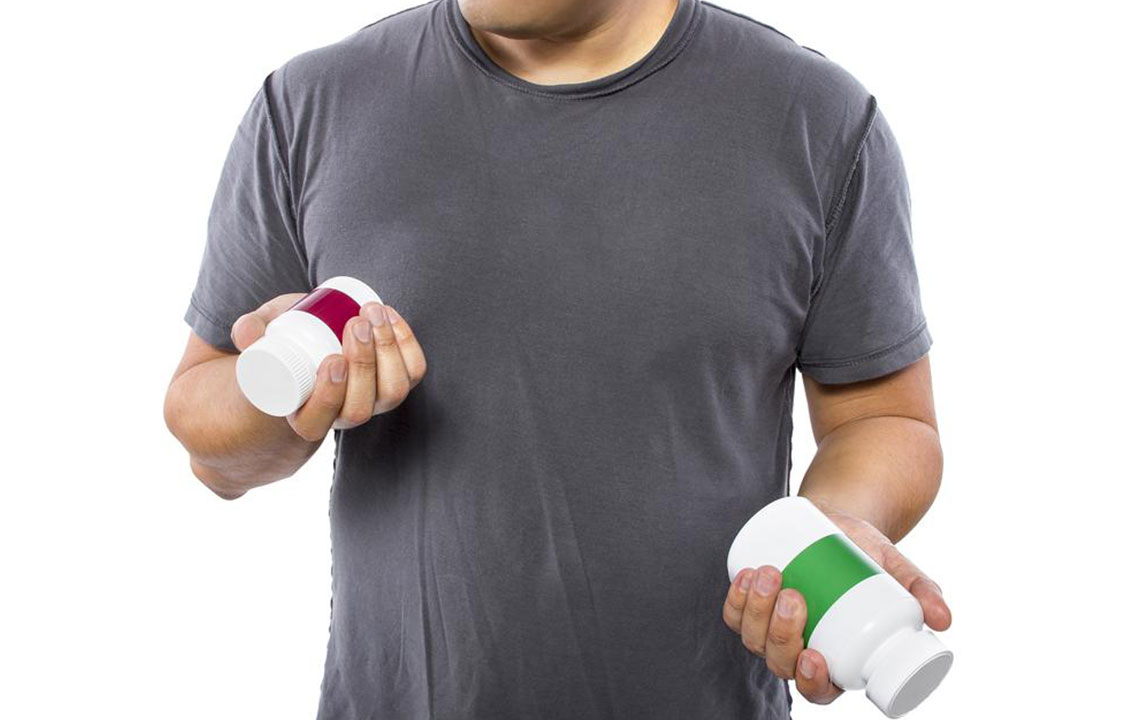Comprehensive Natural Approaches to Ease Urinary Tract Infections Effectively
Explore effective natural methods to prevent and alleviate urinary tract infections. This comprehensive guide covers causes, symptoms, and lifestyle practices such as hydration, hygiene, dietary tips, and safe practices to promote urinary health. Learn how natural remedies like cranberry intake and proper hygiene can reduce UTI risks. Early intervention and lifestyle adjustments are key to preventing recurrent infections and maintaining overall bladder health. Stay informed with expert-backed strategies for managing UTIs naturally and effectively, reducing dependence on antibiotics and promoting wellness.

Holistic and Natural Methods to Relieve Urinary Tract Infections
Understanding Urinary Tract Infection (UTI): An In-Depth Overview
Urinary Tract Infection, commonly known as UTI, is a widespread condition that affects millions worldwide each year. It involves an infection of the urinary system, which includes the kidneys, ureters, bladder, and urethra. UTIs are categorized based on the location of the infection: if the bladder is affected, it is referred to as cystitis (lower UTI), whereas infections ascending to the kidneys are termed pyelonephritis (upper UTI). Women are significantly more susceptible to UTIs than men due to anatomical differences, particularly the shorter length of the female urethra, which makes bacterial entry easier. According to health studies, approximately 50-60% of women will experience at least one UTI during their lifetime, emphasizing the importance of understanding natural prevention and management strategies.
Causes, Symptoms, and Diagnostic Overview
UTIs primarily result from bacterial invasion, where bacteria such as Escherichia coli (E. coli) — which normally reside in the intestines — breach the urinary tract barriers. These bacteria ascend through the urethra and adhere to the lining of the bladder, leading to inflammation and infection. Other less common pathogens include Klebsiella, Proteus, and Staphylococcus saprophyticus.
Individuals experiencing a UTI often notice a range of uncomfortable symptoms, which, if left untreated, can lead to serious complications such as kidney damage. Typical symptoms include:
Persistent urge to urinate frequently, often with minimal urine production
A burning sensation or pain during urination
Cloudy, dark, or foul-smelling urine
Pelvic discomfort or pressure
Lower back pain, fever, chills (especially in upper UTIs)
Diagnosing a UTI involves analyzing a urine sample to identify bacterial presence, blood, or pus. In some cases, imaging studies or ultrasound may be needed to rule out other underlying conditions or complications.
Natural and Lifestyle Strategies for UTI Prevention and Relief
Numerous natural interventions and lifestyle modifications can significantly reduce the risk of UTIs and alleviate symptoms effectively. Implementing these practices not only aids in managing existing infections but also serves as a preventive measure for recurrent episodes:
**Stay Well-Hydrated:** Drinking abundant water is crucial for diluting urine and flushing bacteria out of the urinary system. Aim for at least 8-10 glasses of water daily, and ensure you urinate frequently to prevent bacterial buildup.
**Practice Proper Hygiene:** After urination or bowel movements, wipe from front to back to minimize bacteria transfer from the anal area to the urethra. Always wash the genital area with gentle, unscented cleansers and water.
**Urinate Before and After Sexual Activity:** Engaging in urination before intimacy reduces bacteria in the urethra, while urinating afterward flushes out bacteria that might have entered during intercourse.
**Avoid Scented feminine products:** Products such as scented soaps, powders, douches, and sprays can irritate the urethra and vagina, increasing susceptibility to UTIs. Use only hypoallergenic and scent-free products around the genital area.
**Reconsider Contraceptive Methods:** Women using spermicidal contraceptives or diaphragms may have higher infection risks. Alternatives like non-spermicidal barriers or internal contraceptives might be more suitable for prone individuals.
**Manage Menopause-Related Changes:** Post-menopause, reduced estrogen levels lead to decreased vaginal acidity, fostering bacterial growth. Using pH-balanced vaginal washes or estrogen therapies under medical supervision can help maintain healthy flora.
**Incorporate Cranberries into Your Diet:** Cranberries and cranberry extracts contain compounds that prevent bacteria from adhering to the urinary tract lining, offering a natural preventive approach. Consuming unsweetened cranberry juice or supplements may be beneficial.
**Practice Caution in Public Restrooms:** Avoid sitting directly on public toilet seats and opt for toilet seat covers or use water-resistant measures to prevent bacterial transmission.
**Prefer Showers Over Baths:** Baths can expose the genital area to contaminated water, increasing UTI risk. Showering is a safer alternative for maintaining hygiene.
While these natural remedies and lifestyle modifications can be highly effective, they are not substitutes for medical treatment when symptoms are severe or persistent. If UTIs are frequently recurrent or if natural interventions do not lead to symptom improvement within a few days, consult a healthcare professional promptly. Early intervention prevents infections from spreading or developing into more serious conditions such as kidney infections.
In conclusion, understanding the causes, symptoms, and implementing natural preventative strategies can play a significant role in managing urinary tract infections effectively. Incorporating good hygiene practices, dietary adjustments, and lifestyle changes can aid in reducing recurrence and improving overall urinary health. Remember, timely consultation with healthcare providers remains crucial for optimum care and management of UTIs.





